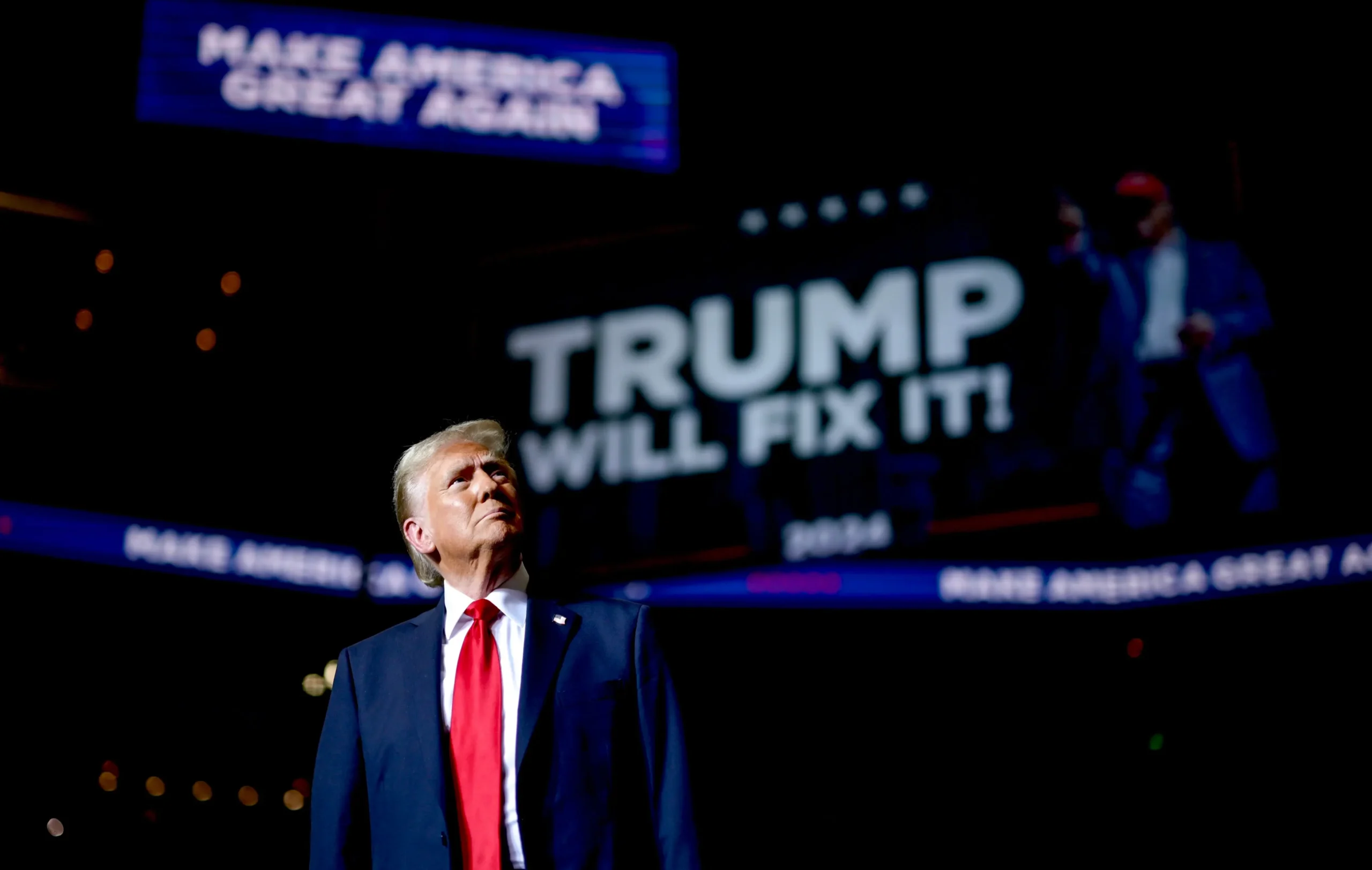
By Ernesto Ángeles. SPR Informa. Mexican Press Agency.
The pro-immigrant protests that erupted in California and spread to other parts of the United States have become a diplomatic problem for Mexico, a financial headache, and the ideal pretext for Trump to double down on his efforts to politically, police-wise, and militarily control the country he governs. However, this development is not an isolated incident; rather, it is a prelude to the end of the United States as it was once known and promoted internationally: a democratic country, with guarantees and freedoms, with equality and other slogans of its foreign policy which, even if not entirely true, at least maintained appearances.
Now, the United States is in a blatant process of transformation into a techno-fascist, oligarchic, and authoritarian country and government, where technology companies and their products play a central role—whether in capturing immigrants, redesigning state institutions, or preparing the country for the next war. As is well known, one of the characteristics of authoritarian regimes is intolerance toward opposition or anything different; this is a crucial element of the unilateral narrative of authoritarianism, to the extent that it becomes part of the regime’s political identity, in which needs to find enemies—whether internal or external, real or imagined.
And since the alleged danger immigrants pose to the United States is an electoral pretext and hardly credible, what is the actual role of immigration in Donald Trump’s administration? What objectives lie behind the militarization of the immigration question?
To begin with, immigration intersects with three priorities of Trump’s project: political-institutional reengineering (a centralized, authoritarian-leaning state), sociocultural transformation (white Christianity), and exceptionalist economics (exploitation of allies, rivals, and the poor in the name of survival, economic growth, and elite preservation). This thinking is clearly expressed in the document entitled “Project 2025”, a far-right political roadmap drafted by the Heritage Foundation in the event of Trump winning the 2024 election.
Among the most notable elements of Project 2025 are:
The mass firing of tens of thousands of public officials using the legal figure “Schedule F” to replace them with people loyal to the president.
Centralizing power in the presidency, weakening the system of checks and balances that involve Congress and the courts.
Repealing progressive policies on diversity, equity, abortion, LGBTIQ+ rights, climate change, and gun control.
Eliminating or transforming agencies such as the Department of Education and dismantling environmental regulations.
Using law enforcement and the military for tasks involving immigration and internal order.
An ideological occupation of the state: every public servant must align with an ultraconservative interpretation of Christian values and American exceptionalism.
As is evident, the project underpinning Trump’s political agenda is authoritarian, protectionist, exceptionalist, racist, and ethno-cultural. However, it is not as simple as eliminating immigration and immigrants, given their economic importance. Migration is part of a policy that has existed long before, under both Democrats and Republicans, but with Trump it has become radicalized and now threatens to become totalitarian.
Historically, the true interest of U.S. capital has been to regulate immigration in a way that serves its economic needs: a supply of cheap, disorganized labor without rights; the need to compensate for demographic deficits in certain regions; and a tool to pressure the broader working class through a reserve labor force. In this context, partially closing migration and creating a legal state of exception for those already present allows this exploitative system to persist and deepen. The goal is not to eliminate immigrants, but to govern them, render them invisible, and use them as labor leverage.
However, for Trump and Project 2025, the problem is not only economic but also demographic and political: it is anticipated that by 2045 the U.S. will be a majority non-white country, which poses a threat to the cultural and political hegemony of white Americans. Thus, there is a plan to limit the arrival of immigrants, reduce the electoral power of these populations (through modifying the census, voter suppression laws, or mass deportations), and redefine who belongs to the nation—not just legally, but culturally, linguistically, and religiously. A prime example is Trump’s interest in eliminating birthright citizenship.
This is also tied to Trumpism’s desire to “restore traditional American values” and “protect national identity.” Therefore, his administration seeks to restrict immigration as an act of “cultural self-defense.” From this perspective, limiting immigration becomes a national security strategy—not just in the military sense, but in terms of cultural homogeneity, state authority, and territorial control. Project 2025 aligns with this logic through proposals to militarize the border, use surveillance technologies (such as those from Palantir), and facilitate mass deportations through a legal state of exception—a topic I will explore further in my next article.
Of course, there is also a purely instrumental and electoral interest. The anti-immigrant discourse functions as an ideological rallying point for the white, rural, or evangelical conservative base and as a way to distract from real economic discontent (inflation, job insecurity) by blaming “outsiders.”
Related: Anatomy of a Lie: The New Domestic Slaves and the Protests in Los Angeles
Mexican Press Agency is part of ALMA, which is dedicated to news and information about Mexico and Mexicans in the United States and is a fiscally sponsored project of Social Focus, a 501(c)(3) nonprofit organization based in Redwood City, California.